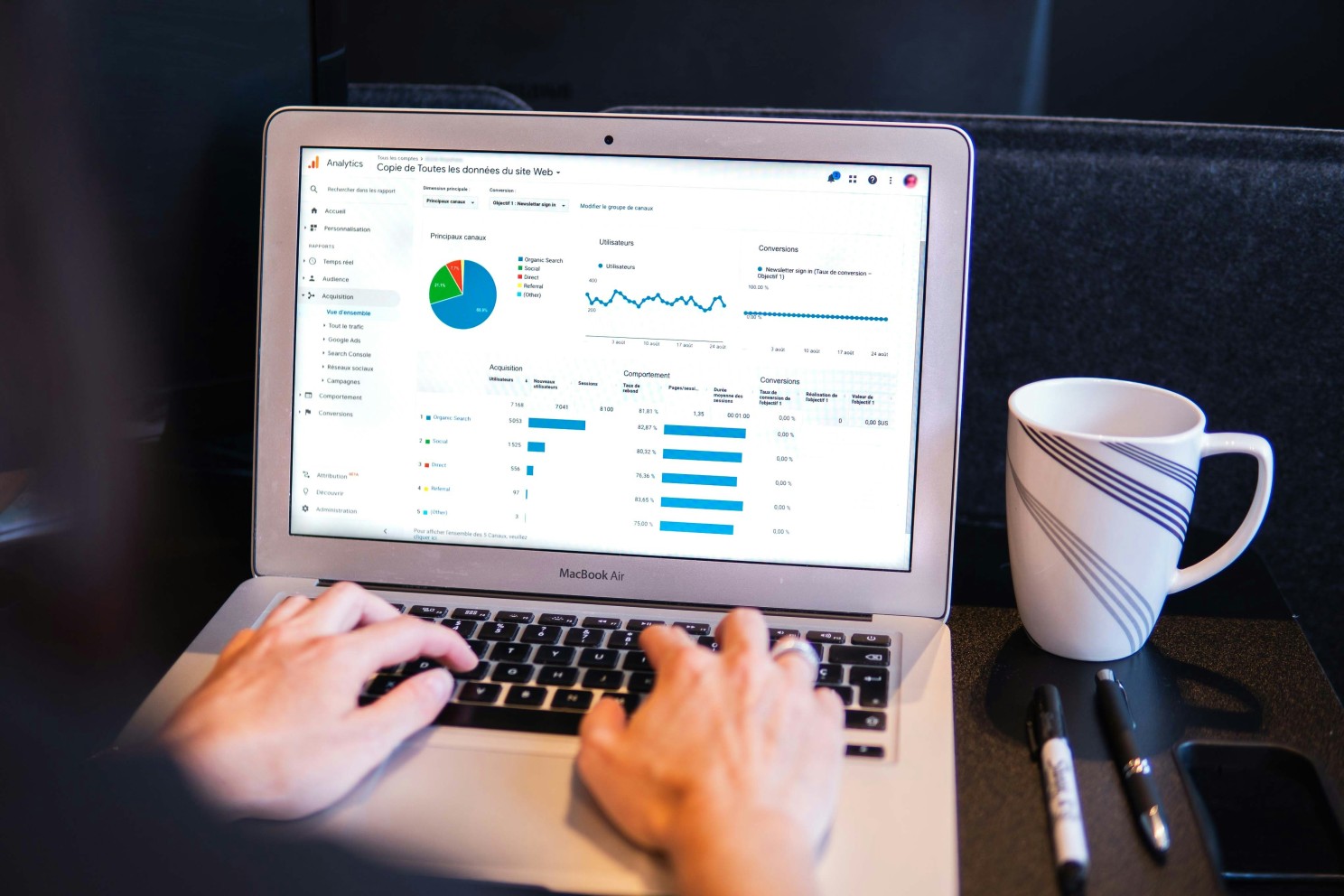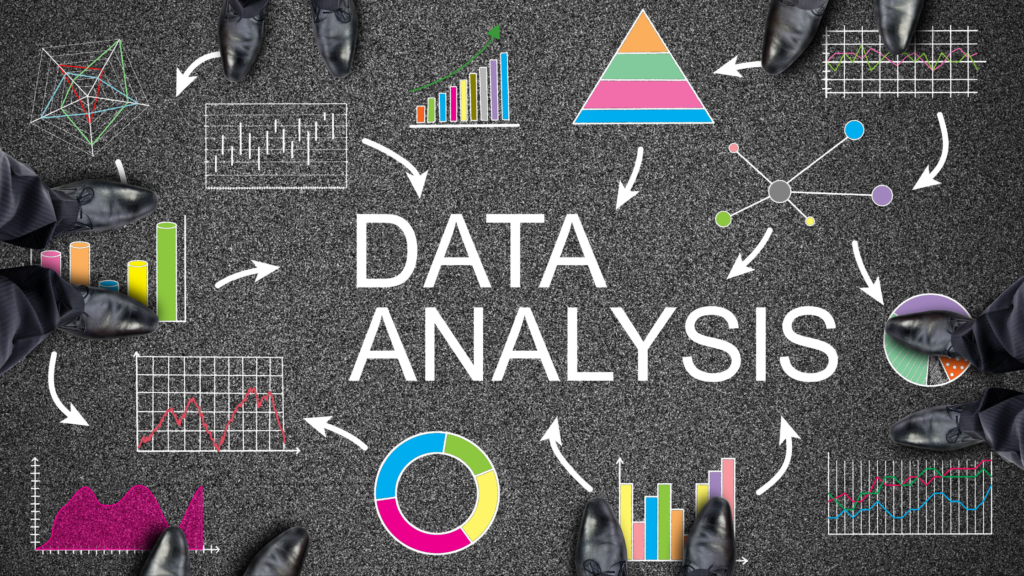Table of Contents
Transform Your Data Skills
Pandas is an efficient, easy-to-use, open-source data analysis tool in the Python language. Through this library, important data structures such as DataFrame are required to manipulate and process data. Exploratory data analysis is a vital part of the data scientist’s job description or anywhere involving data analysis where the analysts analyze the characteristics of the data. So, the use of Pandas for EDA is probably going to be an efficient and informative effort.
- Loading Data
- Inspecting Data
- Cleaning Data
- Analyzing Data
- Visualizing Data
Getting Started with Pandas
You need to install the Pandas before diving into EDA with Pandas. You can do this using pip to install Pandas. Once installed, you can import Pandas and load your dataset.
pip install pandas
import pandas as pdLoading Data
In every data analysis process, the first process that should be done is the loading of data. The Pandas library has many functions to import data from various sources including; CSV, Excel, SQL, and many others. The most commonly used built-in function of Pandas is read_csv() to load the data.
# Load data from a CSV file
data = pd.read_csv('data.csv')Loading data into a DataFrame is straightforward, and once the data is loaded, you can begin inspecting and analyzing it.
Inspecting Data
It is always good practice to examine your data with the aim of identifying its structure, informal statistics, and type. The Pandas library has many functions that can enable you to easily and relatively quickly get acquainted with the data.
- Head and Tail: Display the first or last few rows of the DataFrame.
# Display the first 5 rows
print(data.head())
# Display the last 5 rows
print(data.tail())- Info: Provides a concise summary of the DataFrame, including the number of non-null entries and data types.
# Summary of the DataFrame
print(data.info())- Describe: Generate descriptive statistics to summarize the dataset’s central tendency, dispersion, and distribution shape.
# Descriptive statistics
print(data.describe())Cleaning Data
The process of data cleaning is one of the most vital requirements of data before it is analyzed. The data pre-processing duties frequently include activities such as managing missing values, identifying and eradicating duplicity and attending to data type transformation.
- Handling Missing Values: Use isnull(), dropna(), and fillna() to manage missing data.
# Check for missing values
print(data.isnull().sum())
# Drop rows with missing values
cleaned_data = data.dropna()
# Fill missing values with a specific value
filled_data = data.fillna(0)- Removing Duplicates: Use drop_duplicates() to remove duplicate rows.
# Remove duplicate rows
cleaned_data = data.drop_duplicates()- Correcting Data Types: Convert data types using astype().
# Convert a column to a different data type
data['column_name'] = data['column_name'].astype('int')Analyzing Data
After data pre-processing you can move onto data analysis in an attempt to find some pattern in the data. Pandas contains strong and many functions to allow the operations of grouping, filtering, and manipulating a large amount of data.
- Grouping and Aggregation: Use groupby() and aggregation functions like sum(), mean(), etc.
# Group data and calculate mean
grouped_data = data.groupby('category').mean()- Filtering Data: Use conditions to filter the DataFrame.
# Filter rows based on a condition
filtered_data = data[data['column'] > 100]- Sorting Data: Use sort_values() to sort the DataFrame.
# Sort data by a specific column
sorted_data = data.sort_values(by='column')Visualizing Data
This makes it easier to convince people through the use of visuals so as to explain insights and trends. While Pandas offers basic plotting capabilities, it integrates well with other libraries like Matplotlib and Seaborn for more advanced visualizations.
- Basic Plots with Pandas: Use the built-in plot() function.
# Line plot
data['column'].plot(kind='line')
# Bar plot
data['column'].plot(kind='bar')- Advanced Plots with Seaborn: Use Seaborn for more sophisticated visualizations.
import seaborn as sns
import matplotlib.pyplot as plt
# Scatter plot with Seaborn
sns.scatterplot(data=data, x='column_x', y='column_y')
plt.show()Conclusion
Pandas is an excellent tool for data analysis. It not only enhances your data processing and analysis capabilities but also saves time that can be better spent on analyzing the data rather than preparing it. If you are conducting extensive exploratory data analysis using Pandas, don’t forget to refer to the documentation and take advantage of the large community of users and other online resources. This will keep you updated on new developments and the most effective practices, helping you stay at the forefront of data science and analysis.
Use the might of Pandas for your EDA work and make the absolute best out of your data. Happy analyzing!
Career Corner
Enhancing Your EDA Skills with Pandas
Practical data analysis is best done by first understanding the data and its characteristics, and Exploratory Data Analysis (EDA) forms an important step in this process, Pandas does this job with a lot of power and flexibility. By mastering the use of Pandas for EDA, you can uncover hidden patterns, detect anomalies, and gain valuable insights from your data, setting a solid foundation for subsequent modeling and analysis. Independent of the type of data you are working with – time series data, categorical data, numeric data – Pandas’ rich functionality covers most of the exploratory methods.
Understanding of EDA forms a great foundation for any data scientist to develop because it is fundamental in the process of data analysis. Learning Pandas makes not only your data analysis processes smooth and efficient, but it also optimizes you as an analyst when dealing with data. You will be valued if you can demonstrate strong EDA skills using Pandas, as it proves you can handle real-world data challenges. Start practicing with different datasets, explore advanced functionalities of Pandas, and contribute to data science projects on platforms like GitHub to build a strong portfolio.
Tech Trends Spotlight
The Evolution of Data Analysis Tools
Over the years, tools for data analysis have made significant progress. One of the most popular libraries for this purpose is Pandas. As a result, it has gained popularity among data scientists due to its ability to handle large datasets, perform complex computations, and work well with other libraries. In the rapidly evolving field of deep learning, new tools and libraries have been introduced, offering even more advanced options. Keeping up with these trends is important to ensure that one is able to practice the latest technology in data analysis.
Tools and Resources Recommendations
Top Tools and Resources for EDA with Pandas
1. Pandas Documentation : The official documentation is the best place to start learning about Pandas.
2. Kaggle Datasets: Practice your EDA skills on a variety of datasets available on Kaggle.
3. Data Science Cheat Sheets: Handy references for quick tips and tricks. [Data Science Cheatsheets
4. Pandas GitHub Repository: Explore code snippets and projects.
5. Seaborn Library: For advanced data visualizations.
Closing Thoughts
Thank you for joining us in this edition of Data Science Demystified. We hope our comprehensive guide on using Pandas for EDA has provided you with valuable insights and practical tips. Remember, the key to mastering data science lies in continuous learning and practice. Keep exploring, stay curious, and don’t hesitate to reach out with any questions or feedback.



